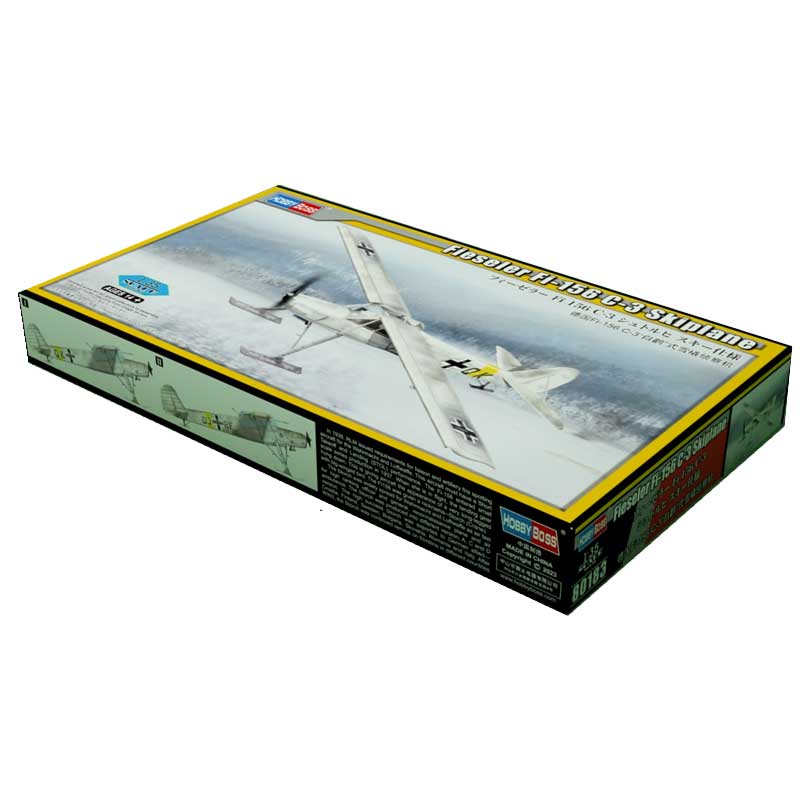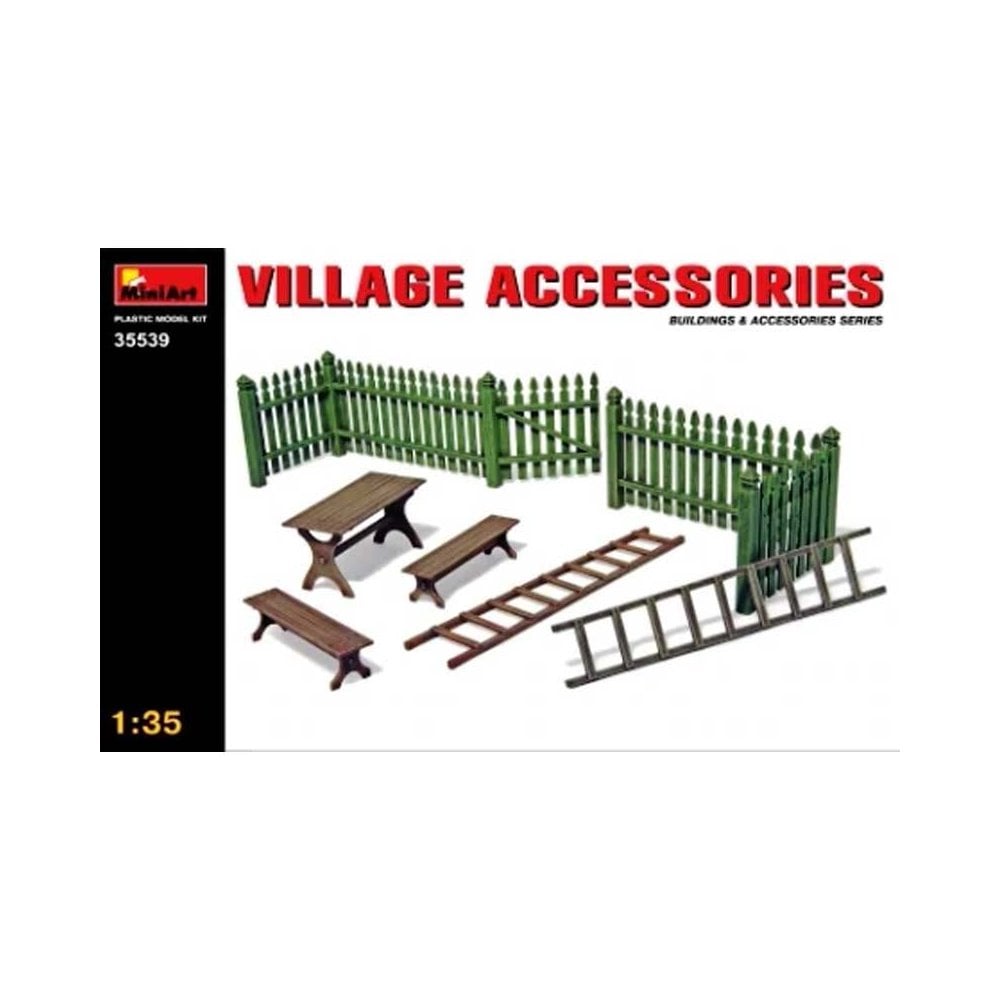In 1935, the RLM (Reichsluftfahrtministerium, Reich Aviation Ministry) invited several aviation companies to submit design proposals that would compete for the production contract for a new Luftwaffe aircraft design suitable for liaison, army co-operation (today called forward air control), and medical evacuation. This resulted in the Messerschmitt Bf 163 and Siebel Si 201 competing against the Fieseler firm’s entry. Conceived by chief designer Reinhold Mewes and technical director Erich Bachem, Fieseler’s design had a far better short take off and landing (“STOL”) performance. A fixed slat ran along the entire length of the leading edge of the long wings, while a hinged and slotted set of control surfaces ran along the entire length of trailing edge. This was inspired by earlier 1930s Junkers Doppelflügel, “double-wing” aircraft wing control surface design concepts. For the Fi 156, this setup along each wing panel’s trailing edge was split nearly 50/50 between the inboard-located flaps and outboard-located ailerons, which, in turn, included trim tab devices over half of each aileron’s trailing edge length.
Fi 156 in flight
A design feature rare for land-based aircraft enabled the wings on the Storch to be folded back along the fuselage in a manner similar to the wings of the Royal Navy’s Fairey Swordfish torpedo bomber. This allowed the aircraft to be carried on a trailer or even towed slowly behind a vehicle. The primary hinge for the folding wing was located in the wing root, where the rear wing spar met the cabin. The long legs of the main landing gear contained oil-and-spring shock absorbers that had a travel of 40 cm (15-3/4 inches), allowing the aircraft to land on comparatively rough and uneven surfaces; this was combined with a “pre-travel” distance of 20 cm, before the oleos began damping the landing gear shock.[3] In flight, the main landing gear legs hung down, giving the aircraft the appearance of a long-legged, big-winged bird, hence its nickname, Storch. With its very low landing speed, the Storch often appeared to land vertically, or even backwards in strong winds from directly ahead.
Starting with the C-2 variant, the Fi 156 was fitted with a raised, fully-glazed position for a flexible rear-firing MG 15 7.92mm machine gun for self-defense.[4]
About 2,900 Fi 156s, mostly C variants, were produced from 1937 to 1945. Main production was at the Fieseler Factory in Kassel, in 1942 production started in the Morane-Saulnier factory at Puteaux in France. Due to the demand for Fieseler as a subcontractor for building the Fw 190, Fi 156 production was shifted to Leichtbau Budweis in Budweis by the end of 1943. Factories in other countries under German control manufactured aircraft, including Fi 156s, for Germany.



